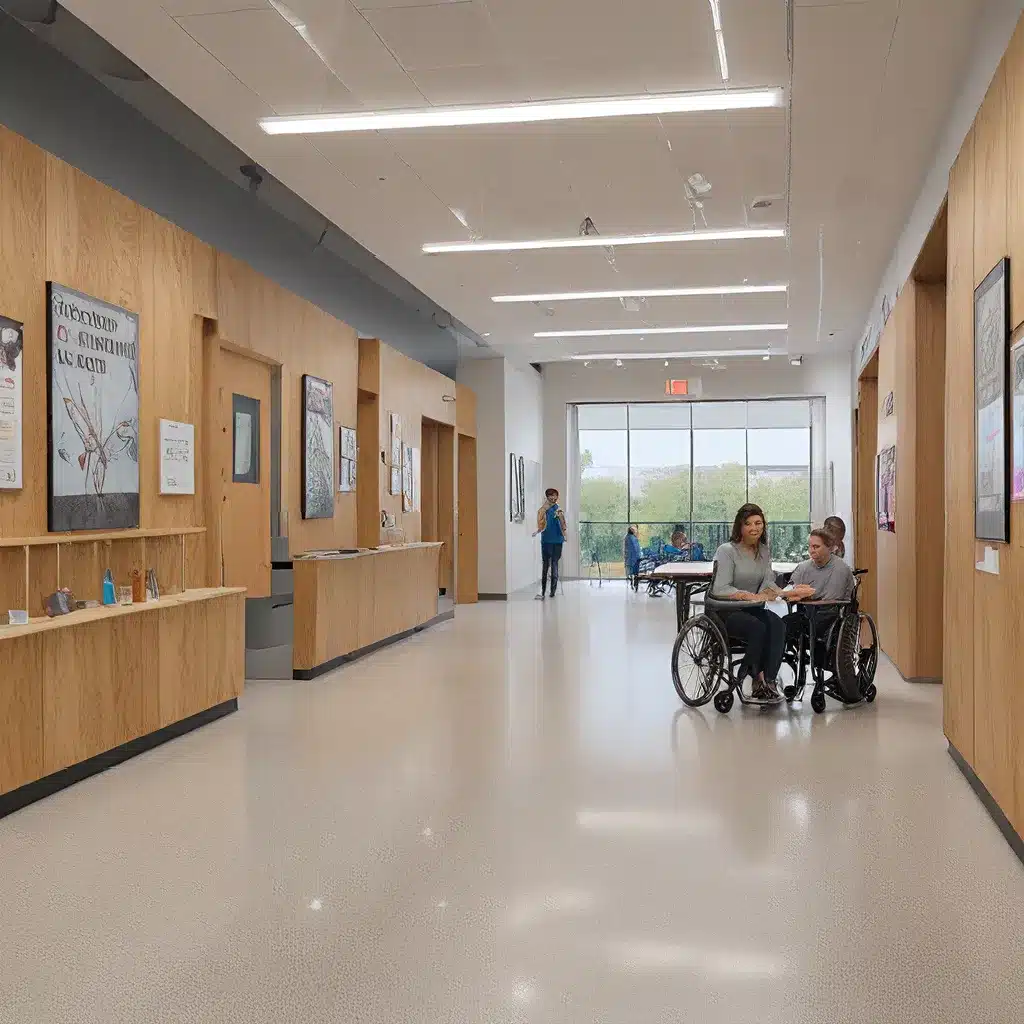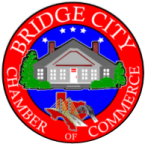
Unlocking the Potential of Inclusive Learning
Picture this: a bustling school hallway where students of all abilities move freely, their diverse needs seamlessly accommodated. Classrooms that transform into flexible learning hubs, empowering teachers to cater to a wide range of learning styles. A vibrant community where education spills out into every corner, fostering creativity, collaboration, and a shared sense of belonging.
This vision of inclusive design is not just a dream – it’s a reality taking shape in the heart of Bridge City. As we delve into the remarkable transformations happening in our local education spaces, prepare to be inspired by the power of accessibility and the architects of change who are redefining the landscape of learning.
Collaboration and Flexibility: The Dynamic Inclusive Design at East Trails Middle School
In today’s rapidly evolving educational landscape, schools are reimagining traditional learning spaces to promote collaboration, flexibility, and an environment where learning spills out of the classroom. One exemplary model of this educational transformation is the innovative partnership between Fre3dom Interiors and East Trails Middle School.
By breaking down the barriers of traditional classroom setups, this collaboration has created an environment that fosters creativity, teamwork, and a seamless integration of learning into every corner of the school.
“The transformation involved redesigning classrooms and common areas to offer diverse and adaptable spaces for students to learn, interact, and explore,” explains the team at Fre3dom Interiors. “Gone are the days of rigid rows of desks facing a blackboard. At East Trails Middle School, classrooms have been transformed into flexible learning zones that can be easily reconfigured to accommodate various teaching styles, group work, and individual learning preferences.”
Students now have access to a range of movable furniture, writable surfaces, ottomans, stools, and different-shaped tables. This flexibility allows teachers to adapt their teaching methods to suit the needs of each student and lesson, creating an inclusive and dynamic learning environment.
Nurturing Creativity and Collaboration
The collaborative efforts of Fre3dom Interiors and East Trails Middle School have undoubtedly created a transformative educational experience. By embracing inclusive design principles, they have nurtured an environment that encourages students to think critically, work together, and embrace creativity.
“The learning experience at East Trails Middle School goes beyond textbooks and lectures,” shares a proud teacher. “It empowers students to become active participants in their education and equip them with the skills they need to thrive in a rapidly evolving world.”
This innovative approach to learning spaces is a testament to the power of inclusive design and its impact on education. As we continue to explore the accessibility landscape in Bridge City, we’ll uncover more inspiring stories that showcase the remarkable strides being made in our community.
Accessibility: The Foundation of Inclusive Design
As we delve deeper into the world of inclusive design, it’s essential to understand the fundamental concept of accessibility and its role in creating equitable environments. Universal Design, as championed by Ronald Mace, is the design of products and environments to be usable by all people, to the greatest extent possible, without the need for adaptation or specialized design.
Imagine a world where every building, every public space, and every learning environment is designed with the diverse needs of individuals in mind. This isn’t just a lofty ideal – it’s a practical and achievable reality, and it starts with a shift in our architectural framework.
Bridging the Gap: ADA and Universal Design
While the passing of the Americans with Disabilities Act (ADA) in 1990 has helped bridge the gap in accessibility, it doesn’t account for the universal accessibility that inclusive design aspires to achieve. By implementing Universal Design alongside the existing ADA requirements, we have the power to create a framework that truly caters to the needs of every individual.
“We owe it to ourselves and the people who are too often left behind to do better,” says a passionate advocate for inclusive design. “It is my goal to recognize a design that allows for a universally accessible framework to become a nationwide reality.”
Disability Inclusion: Empowering Individuals, Transforming Communities
Disability inclusion goes beyond simply accommodating people with disabilities – it’s about creating an environment that recognizes and respects the unique abilities and contributions of individuals with diverse needs. By embracing disability inclusion, we foster a sense of belonging and empower people to reach their full potential.
Inclusive Design: A Holistic Approach
Inclusive design and universal accessibility are at the core of disability inclusion. This holistic approach involves considering the diverse needs of individuals from the outset, ensuring that products, services, and environments are accessible to all. It’s a vital aspect of fostering good health and well-being for all, ensuring that individuals with disabilities have equal opportunities to thrive in society.
“Accessibility should not be an afterthought in the workplace,” emphasizes a disability inclusion expert. “Creating inclusive work environments involves making physical modifications, implementing accessible technologies, and fostering a culture of acceptance and support.”
Transforming Education: Inclusive Spaces, Empowered Students
As we turn our attention to the realm of education, the importance of inclusive design becomes even more pronounced. Imagine a world where students with disabilities receive the same opportunities and access to education as their able-bodied peers, empowered to fulfill their academic potential and contribute meaningfully to society.
Accessible Learning Environments: Beyond Physical Modifications
Inclusive education is not just about providing physical modifications to accommodate students with disabilities. It requires a comprehensive approach that encompasses inclusive teaching methodologies, curriculum design, and supportive resources. By addressing these aspects, we can create accessible learning environments that provide students with the tools they need to succeed.
“Inclusive teaching strategies and curriculum design benefit all students, not just those with disabilities,” explains an educational expert. “By incorporating diverse perspectives, providing multiple means of representation and engagement, and differentiating instruction, we create an environment where every student can thrive and learn.”
Empowering Through Technology
The role of assistive technologies in education cannot be overstated. From text-to-speech software to adaptive learning platforms, these technologies provide students with disabilities the opportunity to access and engage with educational content effectively, revolutionizing the learning experience.
But the transformation extends beyond the classroom. By fostering an inclusive school culture that celebrates diversity, promotes disability awareness, and encourages peer support, we create a nurturing environment where all students feel a sense of belonging and acceptance.
Embracing Inclusive Design: A Vision for Bridge City
As we explore the remarkable strides being made in inclusive design and accessibility, it’s clear that Bridge City is leading the charge in creating a more equitable and empowering educational landscape.
But the journey doesn’t end here. As we continue to push the boundaries of inclusive design, we must remain vigilant in our pursuit of accessibility, empowering individuals, and transforming our shared spaces into beacons of inclusivity.
Imagine a world where the concept of Universal Design is not just an aspiration, but a tangible reality – where every building, every public space, and every learning environment is designed with the diverse needs of individuals in mind. This is the future we’re building, one inclusive step at a time.
So, let’s embrace the power of inclusive design and accessibility, and let’s do it together. The transformative potential is limitless, and the rewards are beyond measure. Join us as we embark on this remarkable journey, redefining the very fabric of our community and empowering every individual to reach their full potential.


